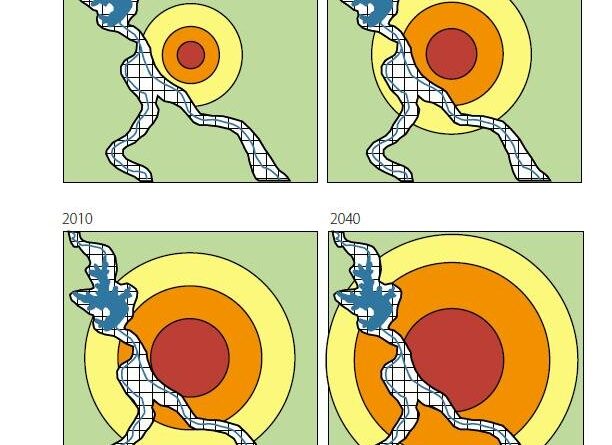Urban to Rural Shift: A New Age of Population Migration
Throughout the last century, a persistent trend has been observed in the United States and around the globe – an undeviating migration from rural regions and small towns to booming metropolises like New York, Chicago, San Francisco, and Seattle, among others. Urban centers, pulsating with life and dynamism, have always been envisioned as the undisputed hubs of commerce, creativity, and cultural exchange, often eclipsing rural regions, smaller cities, and suburbs perceived as the margins of modern existence. However, a recent analysis by RealClearInvestigations hints at a substantial shift in this urban-centric narrative.
The investigation suggests that we might stand at the precipice of a new age where urban hotspots begin to contract, ceding ground first to suburbs, subsequently to the more distant exurbs, and eventually to smaller towns and even rural locations. This progressive alteration might go unnoticed due to the common practice among demographers of examining metropolitan regions, which inadvertently places city centers as their focal points.
This mainstream classification method tends to obscure an emerging trend where growth is concentrated on the peripheries, rather than the central areas. A closer look at the rapidly expanding metros reveals that it is the outermost exurbs, primarily erstwhile rural regions, that have been the primary beneficiaries of this new-wave urban expansion.
In the span between 2010 and 2020, suburban and exurban areas of major metropolitan districts welcomed a net populace of 2 million domestic migrants, while urban heartlands recorded a loss of 2.7 million inhabitants. The advent of the COVID-19 pandemic, with its promotion of remote work and endorsement of social distancing norms, accelerated this migration towards less densely populated, more economical housing markets.
Analysing the progress in the current decade, we can observe a faster rate of population loss in metropolitan hubs, with major areas (over 1,000,000 population) registering a net departure of 3,259,000 domestic migrants, marking a rate thrice than that of the previous decade. In stark contrast, the areas beyond the major metros counted a net influx of around 2.3 million domestic migrants.
Concurrently, two other developments – a slump in immigration, coupled with declining fertility rates among city dwellers – are proving to be obstacles in replenishing urban populations. While numerous strategies aimed at rejuvenating downtowns have been marginally successful in attracting newcomers for the short term, a significant majority have relocated to the outskirts. It’s estimated that about 90% of metropolitan growth from 2010 to 2020 was in suburban areas, with the most prolific growth observed in the far-off exurbs.
This population shift can be attributed primarily to the soaring cost of housing, which comprises approximately 88% of the discrepancy in the cost of living between high-priced urban zones and the national average. As reported earlier by RCI, much of this extra cost stems from the stringent peripheral land regulations that have led to a price surge in several metropolitan areas.
These astronomical housing prices initially catalyzed a wave of migration from California to more affordable destinations like Oregon, Washington, and Colorado. However, these states have started to enforce similar regulatory measures, which, much like California, have led to substandard job growth, sluggish rates of housing development, a declining business environment, and a notable rise in domestic outmigration.
It’s apparent that housing is generally more budget-friendly in smaller markets and rural locales. The American Community Survey underscores that there exist around 120 metropolitan regions in the United States where the median multiples (a measure of housing affordability) stand at 3.0 or less – figures indicative of a more affordable cost of living.

